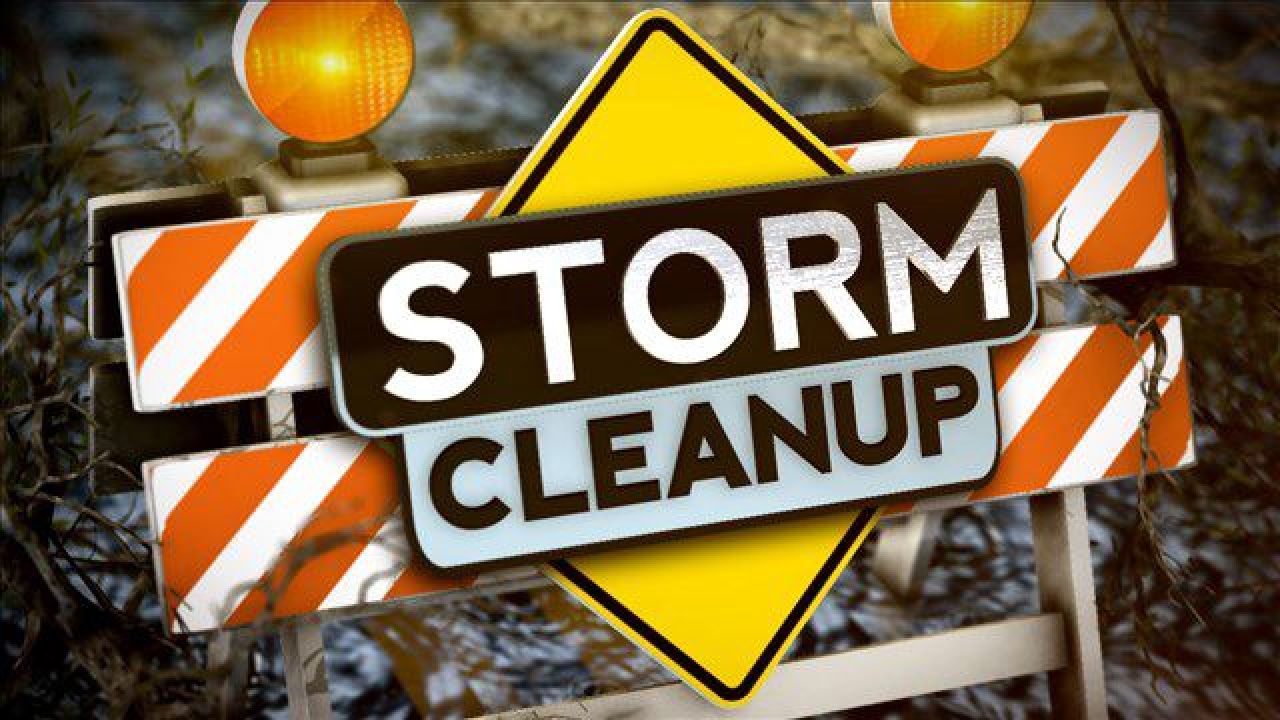Comprehensive Guide to Storm Cleanup: Techniques, Tools, and Best Practices
Storm cleanup is a crucial task for homeowners, businesses, and municipalities following severe weather events. Effective storm cleanup ensures safety, restores functionality, and prevents further damage to properties. This guide will cover the importance of storm cleanup, various techniques and tools available, best practices for efficient cleanup, and safety tips to follow during the process.
Importance of Storm Cleanup
Storms can cause significant damage and disruptions, making timely and thorough cleanup essential.
Safety
- Preventing Injuries: Removing debris and hazardous materials promptly reduces the risk of injuries from sharp objects, broken glass, and unstable structures.
- Health Concerns: Stagnant water and damaged materials can harbor mold, bacteria, and pests, posing health risks.
Accessibility
- Clearing Paths: Removing fallen trees, branches, and debris from roads, driveways, and walkways ensures safe and easy access.
- Restoring Services: Clearing debris allows for the restoration of essential services such as electricity, water, and telecommunications.
Property Protection
- Preventing Further Damage: Prompt cleanup helps prevent secondary damage to properties from water infiltration, mold growth, and pests.
- Insurance Claims: Documenting and addressing storm damage promptly can facilitate insurance claims and repairs.
Storm Cleanup Techniques
Various techniques are used for storm cleanup, each suited to different types of damage and debris.
Debris Removal
Removing fallen trees, branches, and other debris is often the first step in storm cleanup.
- Manual Removal: For smaller debris, use rakes, shovels, and wheelbarrows to collect and dispose of materials.
- Mechanical Removal: For larger debris, such as fallen trees, use chainsaws, log splitters, and heavy machinery like front loaders and cranes.
Water Removal
Flooding is a common consequence of severe storms, requiring effective water removal techniques.
- Pumps and Wet/Dry Vacuums: Use submersible pumps and wet/dry vacuums to remove standing water from basements, crawl spaces, and other areas.
- Dehumidifiers and Fans: Use dehumidifiers and industrial fans to dry out damp areas and prevent mold growth.
Structural Repairs
Storms can cause significant damage to buildings and infrastructure, requiring prompt repairs.
- Roof Repairs: Patch or replace damaged shingles, tiles, and roofing materials to prevent leaks.
- Window and Door Repairs: Replace broken windows and doors to secure the property and prevent further damage.
- Foundation and Structural Repairs: Assess and repair any damage to the foundation and structural elements of buildings.
Landscaping Restoration
Storms can wreak havoc on landscaping, requiring cleanup and restoration efforts.
- Tree Pruning and Removal: Prune damaged branches and remove uprooted trees to restore the landscape.
- Soil Erosion Control: Address soil erosion caused by heavy rains and flooding by regrading and planting ground cover.
- Lawn and Garden Repair: Reseed or replant damaged lawns and gardens to restore their appearance and function.
Tools for Storm Cleanup
Having the right tools is essential for efficient and effective storm cleanup.
Basic Tools
- Rakes and Shovels: Essential for collecting and disposing of debris.
- Wheelbarrows and Tarps: Useful for transporting debris and protecting areas from further damage.
Power Tools
- Chainsaws: Necessary for cutting and removing fallen trees and large branches.
- Leaf Blowers: Helpful for clearing smaller debris from lawns, driveways, and walkways.
- Wet/Dry Vacuums: Effective for removing water and cleaning up small debris.
Heavy Machinery
- Front Loaders and Backhoes: Useful for moving large debris and performing heavy lifting tasks.
- Pumps and Generators: Essential for removing water and providing temporary power during cleanup operations.
Safety Equipment
- Protective Clothing: Wear gloves, boots, and long sleeves to protect against cuts, scrapes, and exposure to hazardous materials.
- Hard Hats and Safety Goggles: Protect against falling debris and flying particles.
- Dust Masks and Respirators: Prevent inhalation of dust, mold spores, and other airborne contaminants.
Best Practices for Efficient Storm Cleanup
Following best practices can make storm cleanup more efficient and safer.
Plan Ahead
- Prepare a Storm Kit: Assemble a storm kit with essential tools, supplies, and safety equipment before the storm season begins.
- Create a Cleanup Plan: Develop a plan for assessing damage, prioritizing tasks, and allocating resources.
Assess the Damage
- Conduct a Safety Inspection: Inspect the property for hazards such as downed power lines, gas leaks, and structural instability.
- Document the Damage: Take photos and videos of the damage for insurance purposes and repair estimates.
Prioritize Safety
- Turn Off Utilities: Shut off electricity, gas, and water to prevent accidents and further damage.
- Follow Safety Protocols: Use proper lifting techniques, wear protective gear, and work in teams to reduce the risk of injuries.
Dispose of Debris Properly
- Separate Debris: Sort debris into categories such as vegetation, construction materials, and hazardous waste.
- Follow Local Regulations: Adhere to local guidelines for disposing of storm debris and hazardous materials.
Seek Professional Help
- Hire Experts: For extensive damage, hire professional contractors and restoration companies with the expertise and equipment to handle large-scale cleanup.
- Consult with Insurance Providers: Work with your insurance company to understand coverage, file claims, and coordinate repairs.
Conclusion
Storm cleanup is a critical task for ensuring safety, restoring functionality, and preventing further damage to properties after severe weather events. By using the right techniques and tools, following best practices, and prioritizing safety, you can effectively manage storm cleanup and return your property to its pre-storm condition. Planning ahead, staying informed, and seeking professional help when needed will ensure a smoother and more efficient cleanup process.





